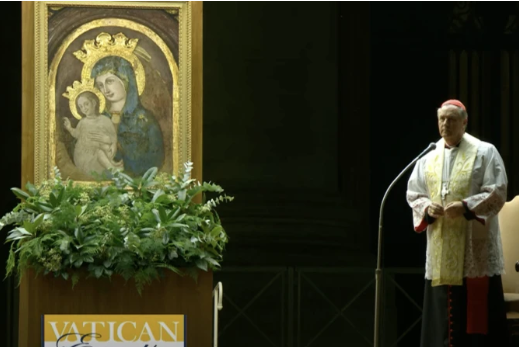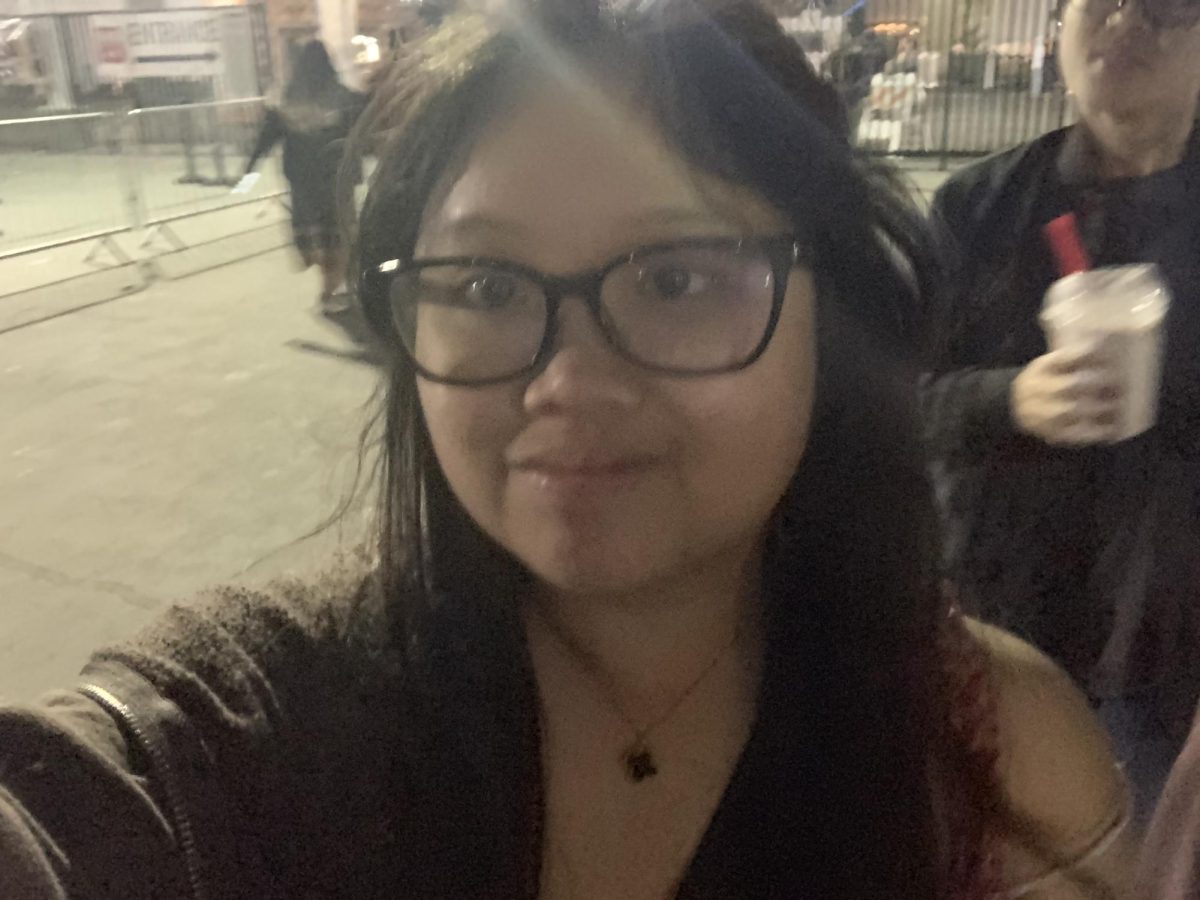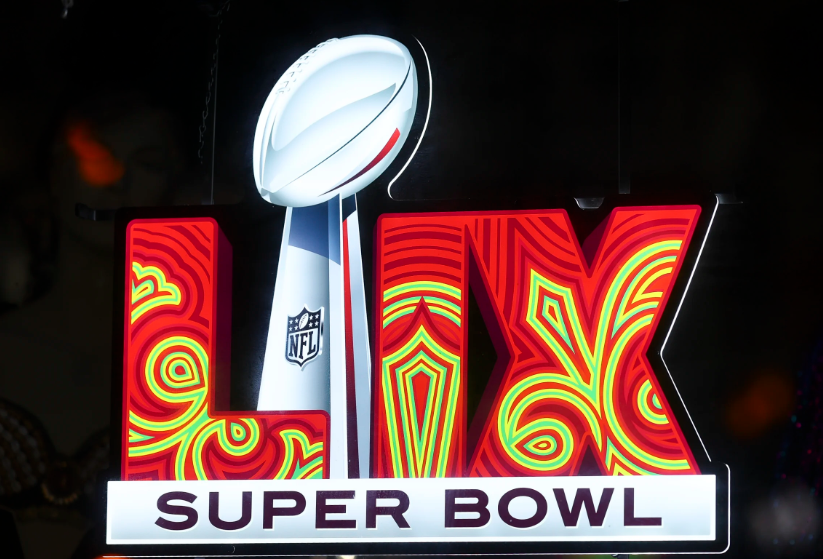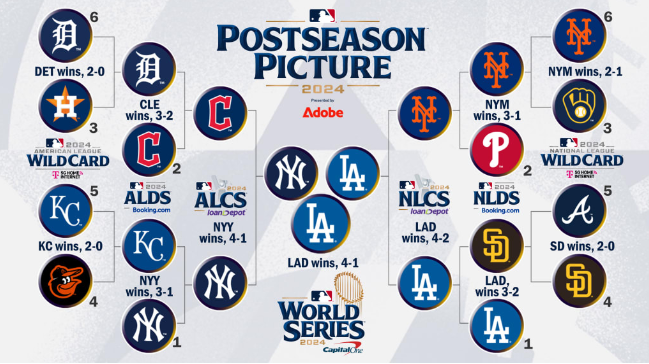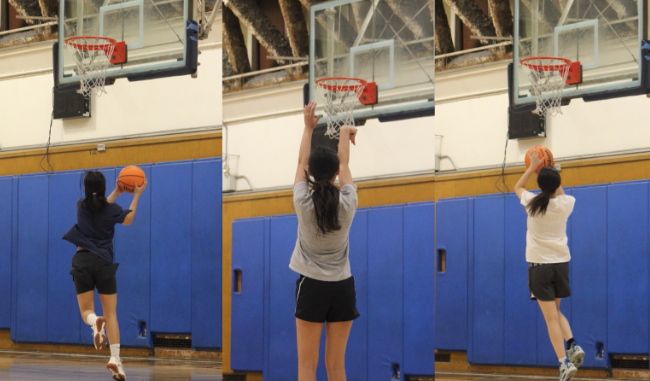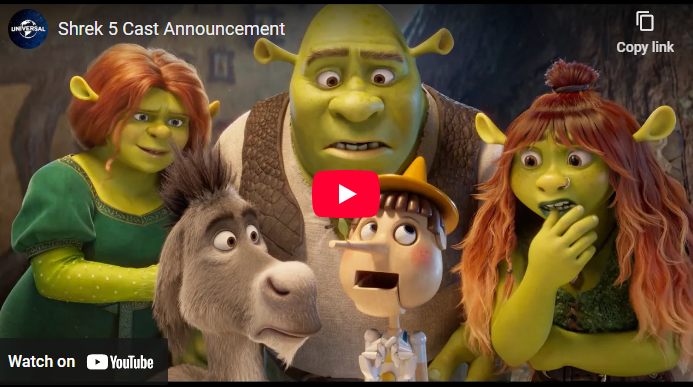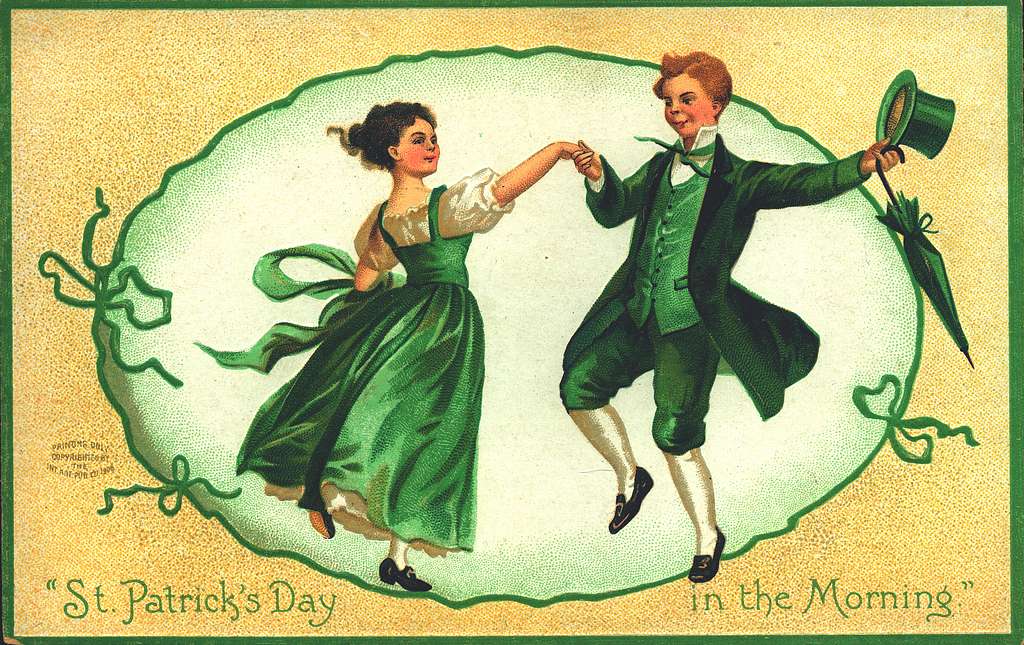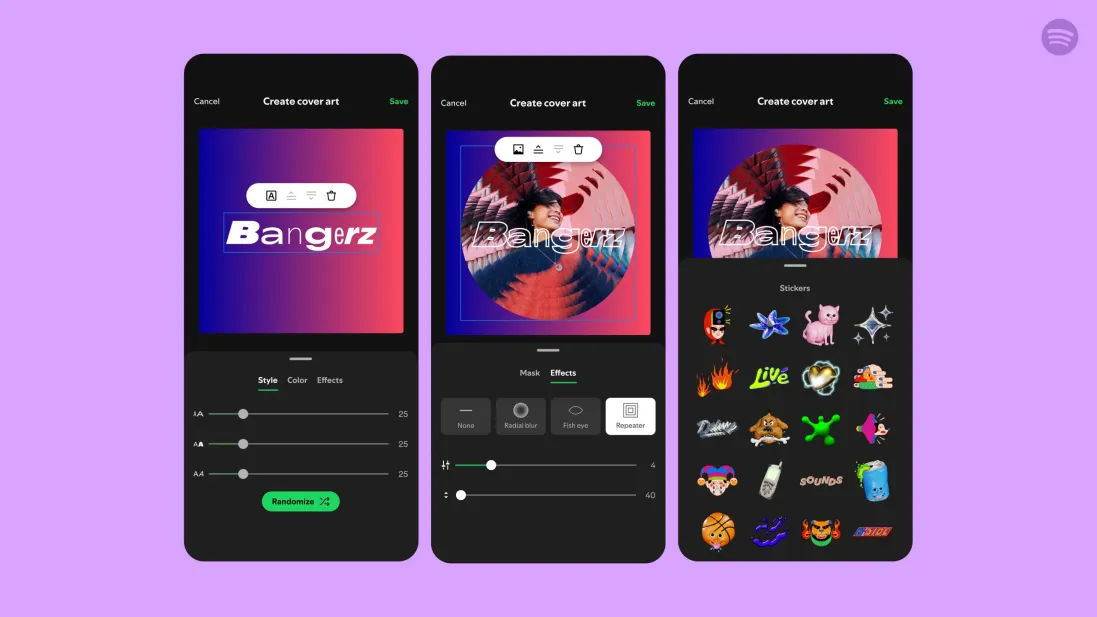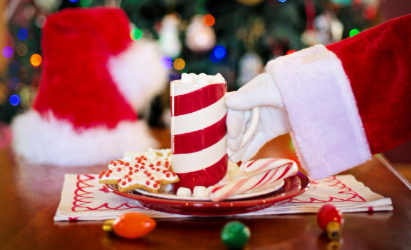Caption: An image of classic brown sugar milk tea with brown-sugar flavored tapioca balls, otherwise known as boba. When combined, it is called boba, or bubble tea.
WC: 485
As many of you may know, the prices of boba have been skyrocketing as of late. Now, why is this the case, and is there anything we can do about it? Well, first, let me explain what boba is. The word boba technically refers to the bite-sized, chewy tapioca pearls found in bubble milk tea. However, in this case, I used boba to address the entire drink itself. Boba, or bubble tea, is a tea-based drink that originated in Taiwan in the early 1980s. Taiwanese immigrants brought it to the United States in the 1990s, initially in California through regions including Los Angeles County. The drink has spread to countless other countries with a large East Asian population. Boba has taken America by storm, and you can see our very own students walking around enjoying the drink consistently.
As of lately, however, that may no longer be the case. The average price of boba has risen, from a measly 89 cents in the 1990’s, to $5.84 in 2022, to even 6.35 today! That may not seem like much, but the cost of bubble tea in this specific area has been very prominently affected. For example, a nearby boba chain in Alhambra called Twinkle Tea has increased the price of their “snowie” from 4.95 to 6.95 in the last two years. That’s almost a 50 percent markup! Some locations are starting to sell boba at prices over $10, which seems a little ridiculous. However, could these recent price changes actually be reasonable?
The tapioca pearls found in boba are primarily made from tapioca starch, which is derived from the cassava root. The pandemic caused supply chain shortages for tapioca, the main ingredient in boba balls, which are made in Taiwan. When the pandemic ended, the sudden increase in demand for Asian products overwhelmed U.S. ports, leading to delays and shortages. The shortage in boba and tapioca starch was first reported in 2021, and the risk has risen even more since then. Shipments of boba balls and tapioca starch, which come from Taiwan and Thailand, respectively, are facing major delays due to bottlenecks in the Asian-U.S. supply chain. There’s also the problem of just normal inflation. As the labor market tightened during 2021 and 2022, core inflation rose as the ratio of job vacancies to unemployment increased. This ratio is used to measure wage pressures that then pass through to the prices for goods and services. As workers bargain for better pay, firms begin to increase prices. Hence, an increase in boba prices.
Boba tea is more than just a drink for some, as it can be a symbol of Asian-American identity and tradition. The drink’s popularity is growing, and the global bubble tea market is expected to grow by over $1.5 billion by 2029. That being said, do you think it’s worth it paying $7 for a single cup?
